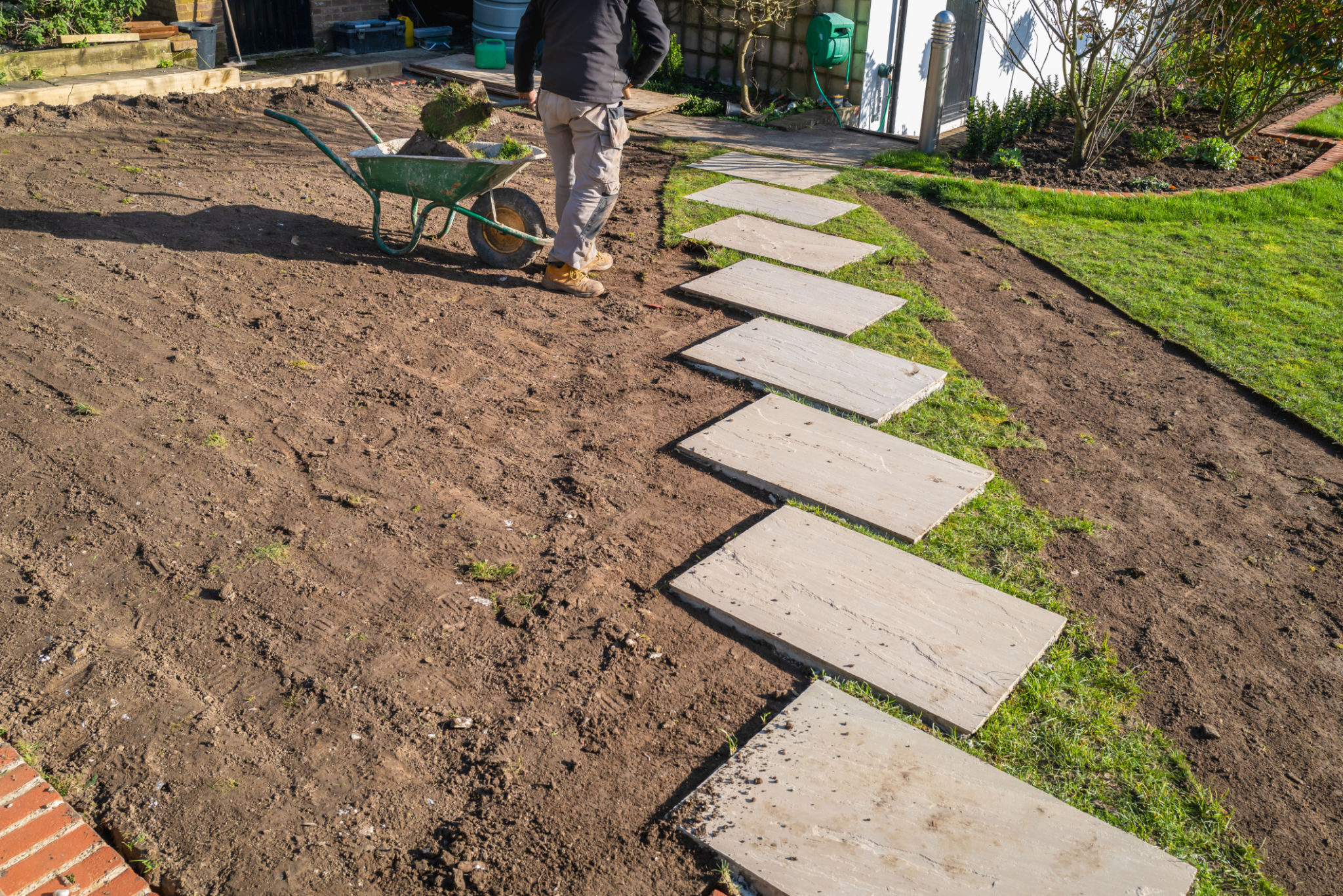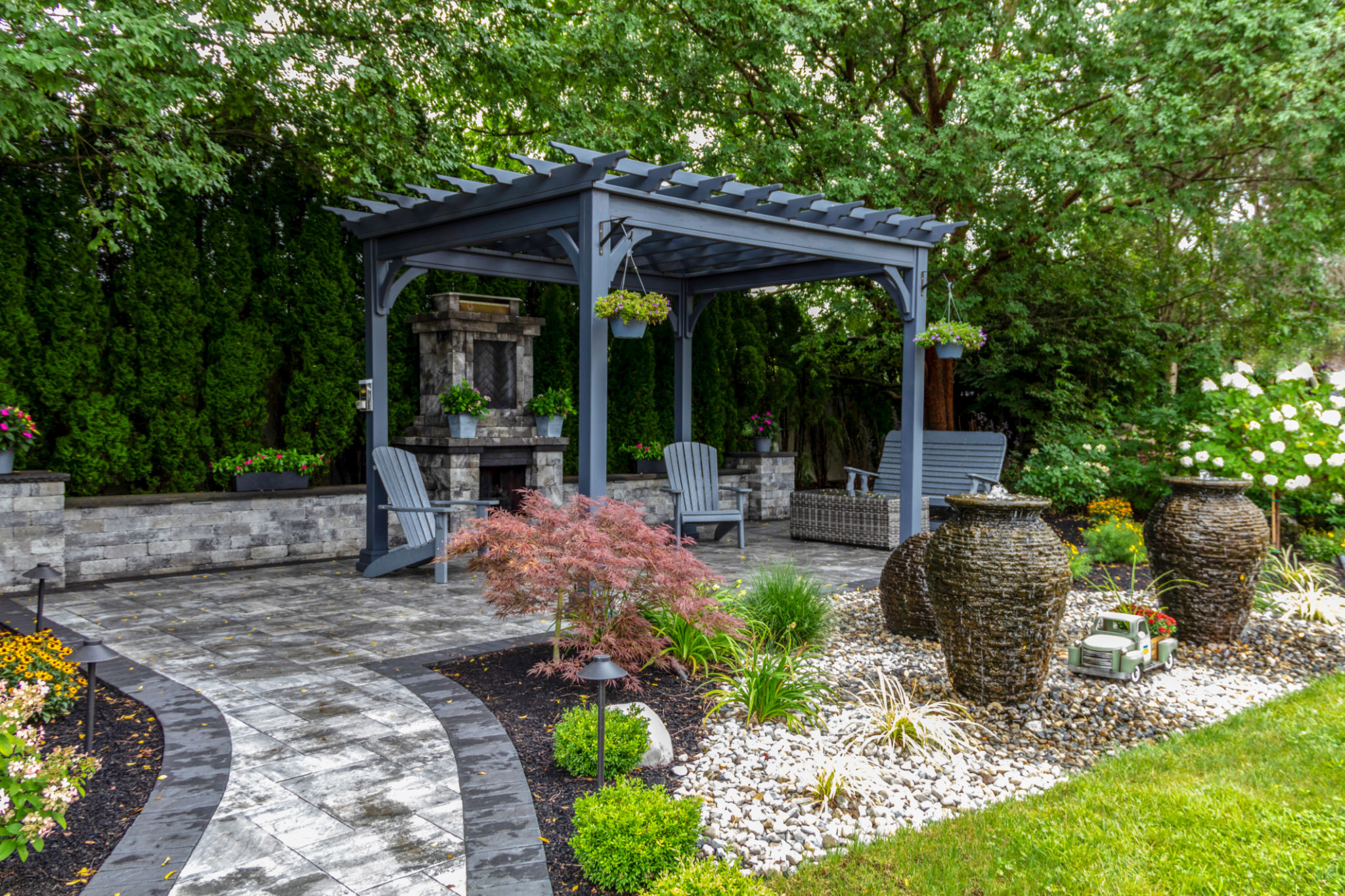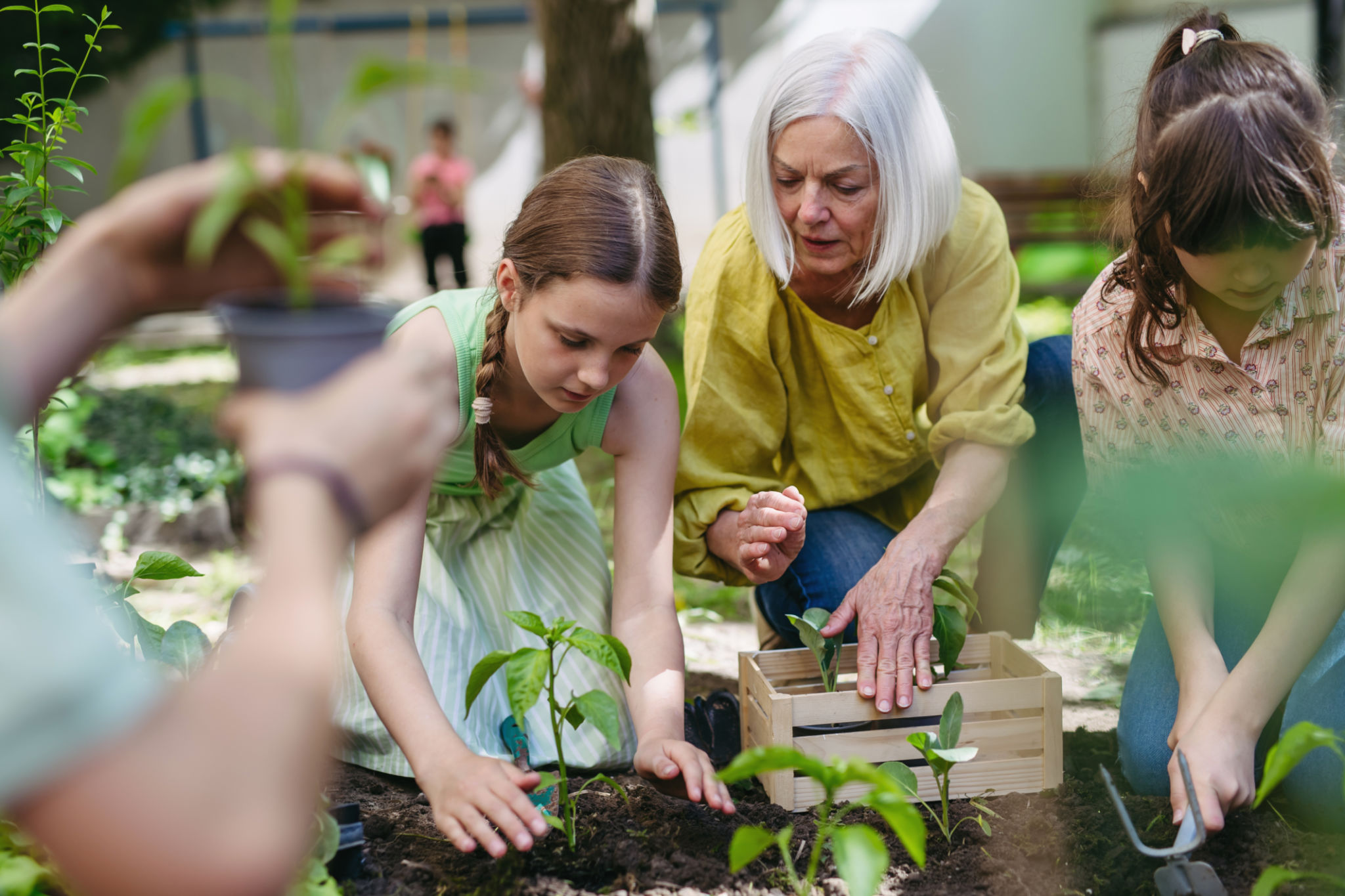Case Study: Successful Landscape Renovation in Linn County
Introduction to the Project
In the heart of Linn County, a transformative landscape renovation project has taken center stage, turning a neglected plot into a thriving oasis. This case study delves into the key elements that contributed to the project's success, highlighting the strategic planning, innovative design, and sustainable practices that were instrumental in achieving remarkable results.

Initial Assessment and Planning
The first step in this ambitious project involved a comprehensive assessment of the existing landscape. The team conducted a thorough site analysis to identify challenges such as poor soil quality, inadequate drainage, and lack of biodiversity. Armed with this information, they crafted a detailed plan that aimed to address these issues while enhancing the site's natural beauty.
Key objectives included improving soil health, integrating native plant species, and creating functional outdoor spaces. This meticulous planning phase was crucial in setting the stage for a successful transformation.
Design and Concept Development
The design phase focused on creating a harmonious blend of aesthetics and functionality. The team opted for a design that would not only be visually appealing but also sustainable and low-maintenance. By incorporating native plants and eco-friendly materials, they ensured the landscape would thrive with minimal intervention.

Key design elements included a variety of plantings for seasonal interest, strategically placed seating areas, and pathways that encouraged exploration. The thoughtful layout was designed to invite visitors to immerse themselves in the natural surroundings.
Implementation Process
With the design finalized, the implementation phase began. A dedicated crew set to work, tackling soil improvement projects first. They introduced organic matter and soil amendments to boost fertility and drainage. This vital step laid the foundation for healthy plant growth.
The planting phase followed, where an array of native and drought-tolerant species were introduced. These plants were chosen not only for their beauty but also for their ability to attract local wildlife, thereby promoting biodiversity.

Sustainable Practices
Throughout the project, sustainability was a guiding principle. Water conservation techniques such as drip irrigation systems were installed to minimize water usage. Additionally, rainwater harvesting systems were implemented to capture and utilize natural rainfall effectively.
The team also focused on reducing waste by repurposing materials whenever possible. This commitment to sustainability not only benefited the environment but also helped manage project costs effectively.
Results and Community Impact
The completed landscape renovation has become a beacon of beauty and sustainability in Linn County. The transformation has not only enhanced the site's aesthetics but also provided a habitat for local wildlife, contributing to the ecological health of the area.
The project has been met with enthusiasm from the community, inspiring other local initiatives aimed at promoting sustainable landscaping practices. The success of this renovation serves as a testament to the power of thoughtful design and environmental stewardship.

Conclusion
This case study highlights how a well-planned and executed landscape renovation can transform an underutilized space into a vibrant and sustainable environment. By prioritizing sustainability, biodiversity, and community engagement, the project in Linn County sets a benchmark for future landscape projects in the region.
Ultimately, this successful renovation demonstrates that with the right approach, it is possible to create landscapes that are not only beautiful but also beneficial to the community and the environment.
